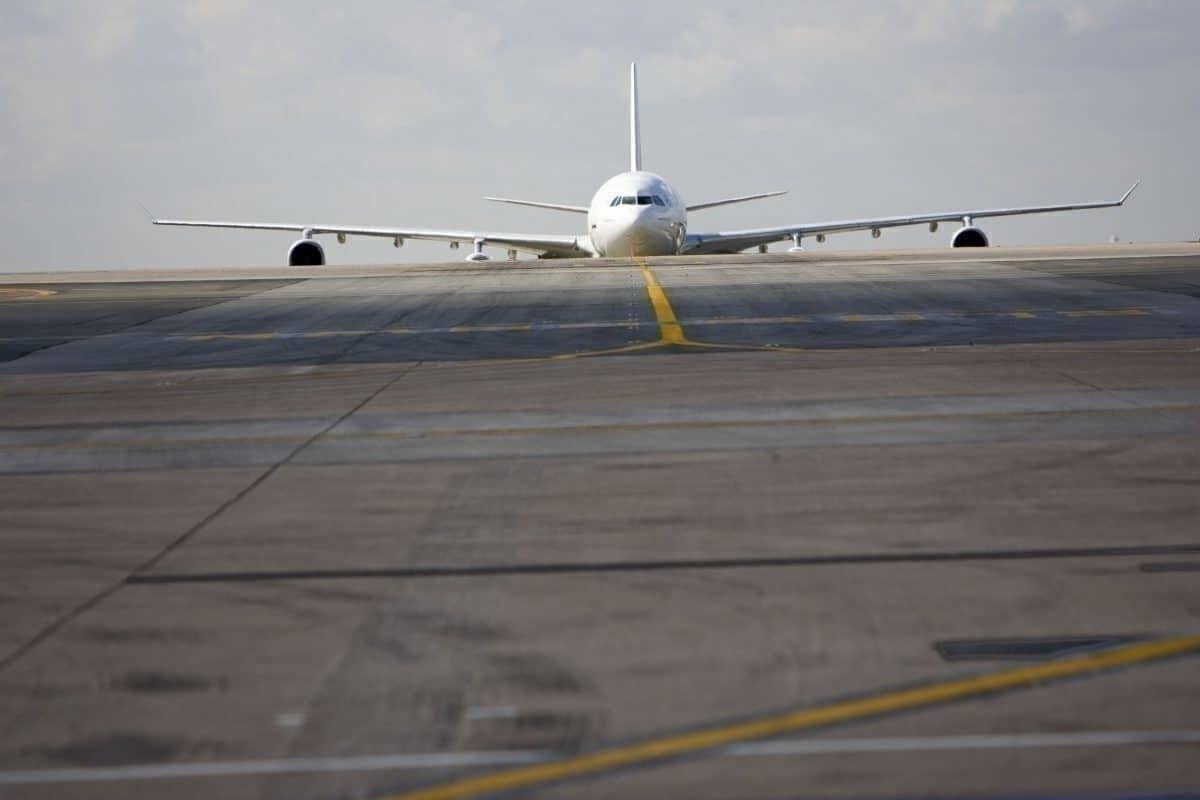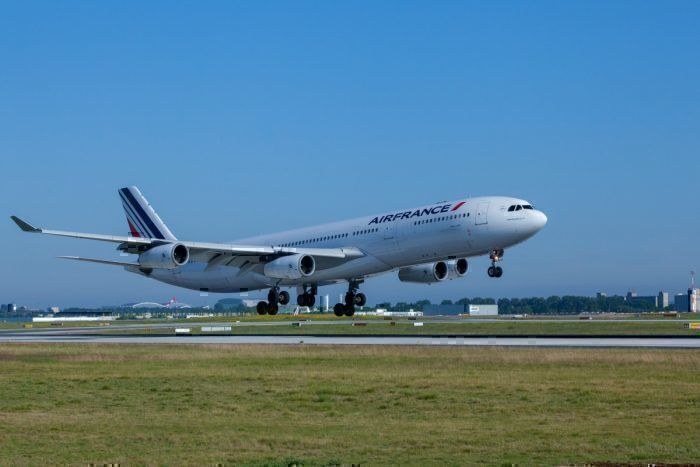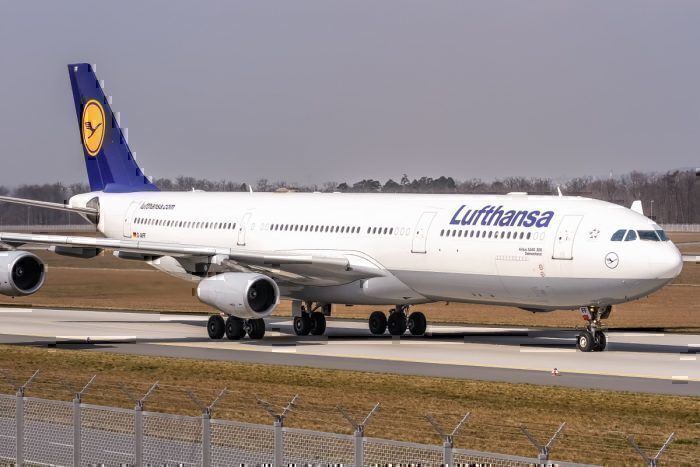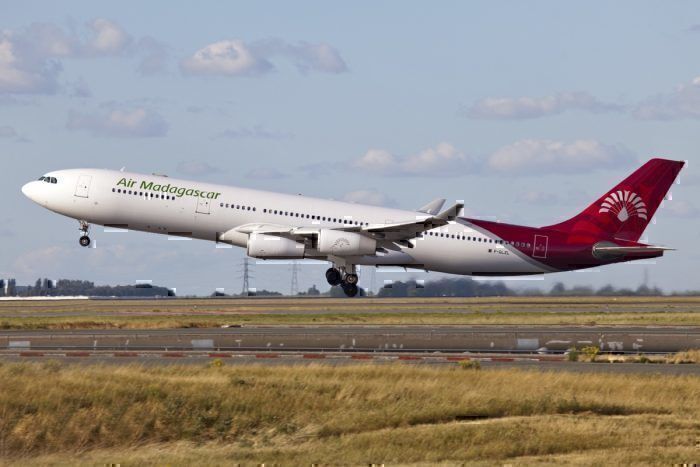Aviation geeks will know that the Airbus A340 has a long takeoff roll. Not only does this diminish the number of airports that the A340 can serve, but it also can lead to dangerous overruns on takeoff. A few incidents with long takeoff rolls have now led airlines to cut the A340's takeoff length using mathematics.
Bogota
As per Flight Global, this was a joint effort between Air France and Lufthansa. Both airlines operate the A340 to Bogota in Colombia. However, Air France had a rotation issue on one flight dating back to March 2017. The story is that the aircraft suffered delayed rotation– only 140 meters from the end of the runway. As a result, the aircraft was only six feet above the ground when it crossed the threshold for runway 31L. This incident led to the supplementary first officer to ask if there may be damage to the aircraft due to the low flyover.
After the incident, it was discovered that the aircraft had a very low rotation rate. Thus, Air France and Lufthansa worked together to alter rotation techniques for the A340 to avoid such an incident from happening again.
What did they do?
Air France and Lufthansa scrutinized their aircraft data. They discovered that their aircraft only had an average continuous rotation rate of 1.9° per second. This is incredibly low as Airbus set the rotation rate for the A340 at 3.1° per second. Ultimately, this means that the aircraft lifts off the ground later than it should. As a result, takeoff distance was increased by almost 200m.
Both Air France and Lufthansa then used mathematics to improve performances. One of their strategies involved artificially reducing the length of the runway to improve departure procedures. In terms of performance, this meant that the aircraft has an artificially shorter takeoff roll. Air France also amended thrust requirements for all A340s.
Will other carriers follow suit?
It is unclear if other airlines received information from Air France and Lufthansa's study. However, it is likely that some airlines may choose to implement the same procedure. A prolonged takeoff roll can cause damage to both airports and aircraft. As a result, airlines will attempt to do whatever possible to ensure that these scenarios do not happen.
For carriers who rely significantly on A340, they may choose to implement similar procedures. However, despite the improvements, it is still clear that the A340 has a long takeoff roll and cannot serve all airports across the globe. This does restrict the number of destinations where the A340 can fly. Even with these artificial runway restrictions, it does not seem like the A340 will be opened up for operations to and from additional airports.
What do you think about Air France and Lufthansa's study? Is the A340's takeoff roll too long? Let us know in the comments!




